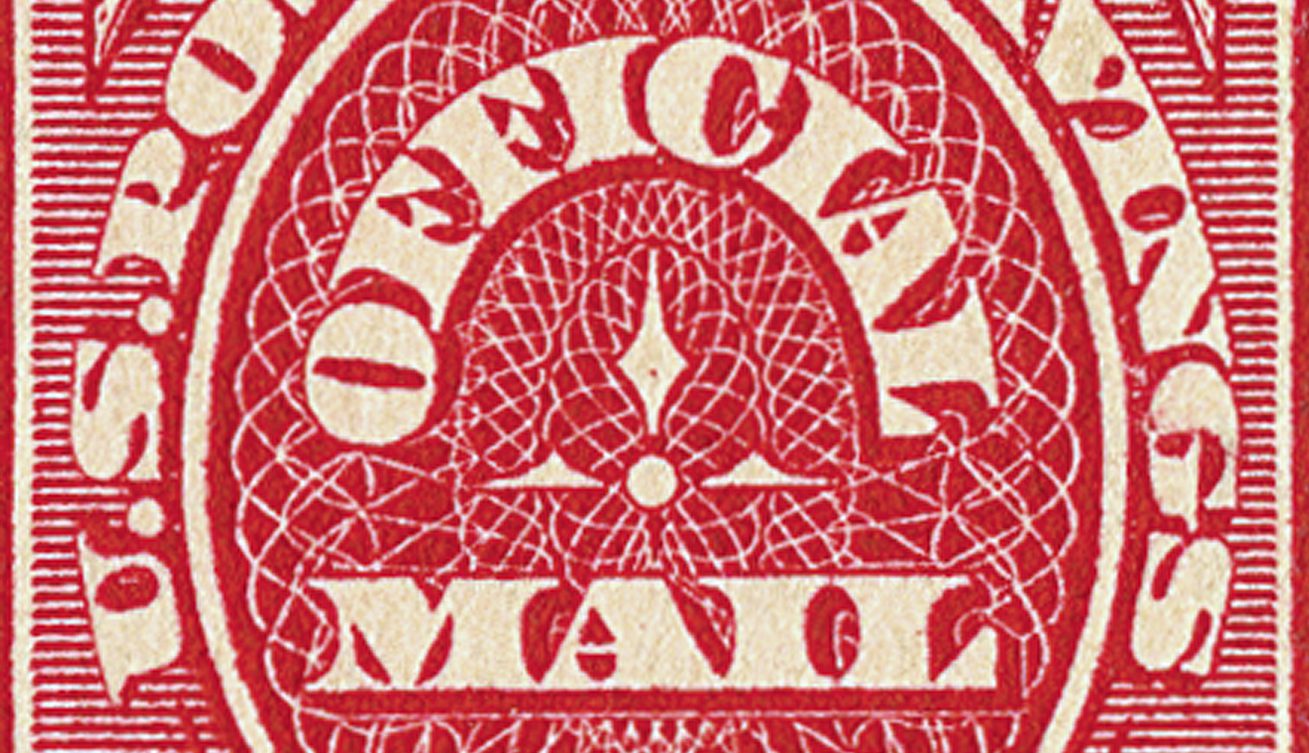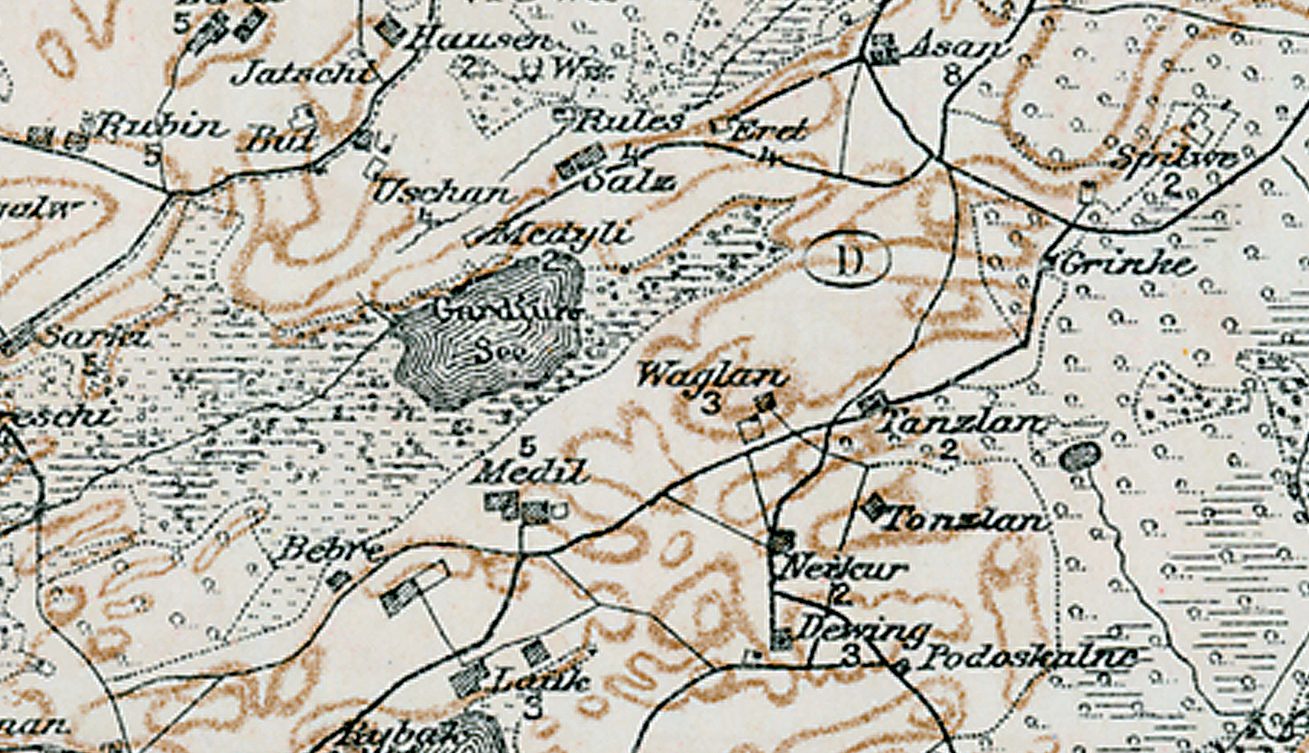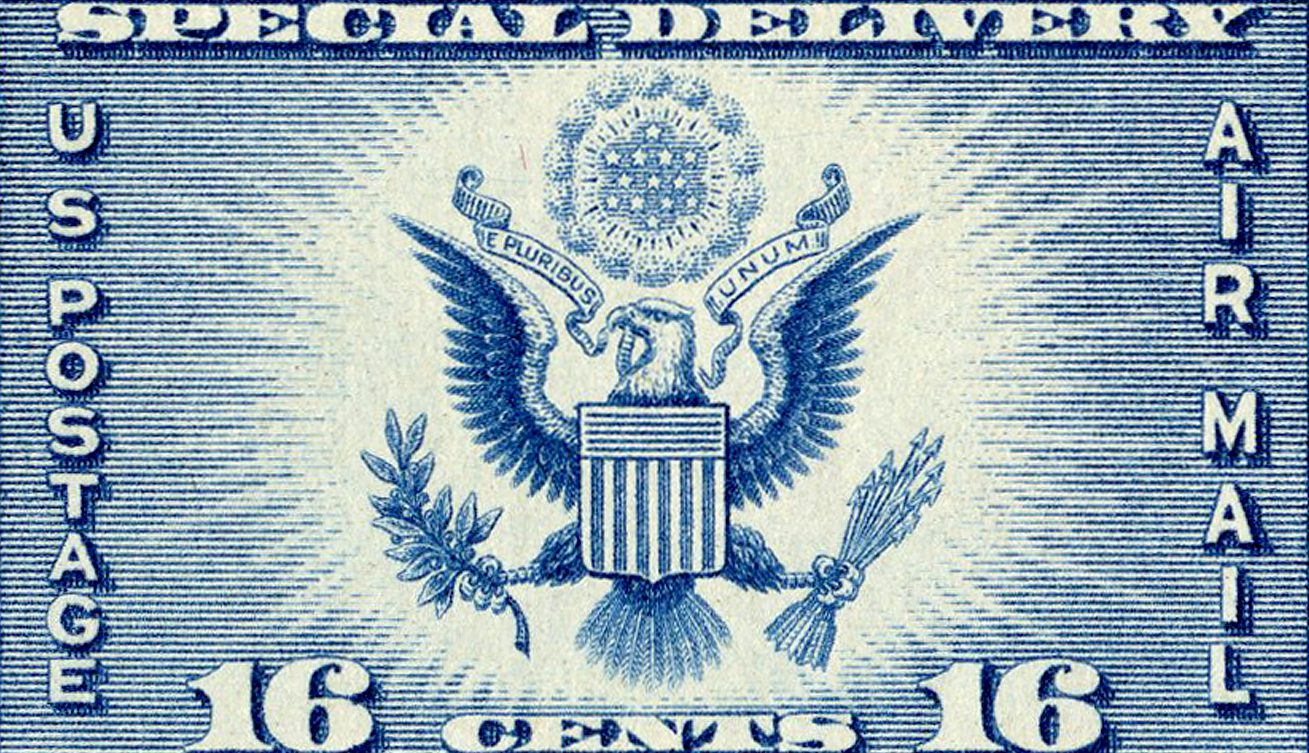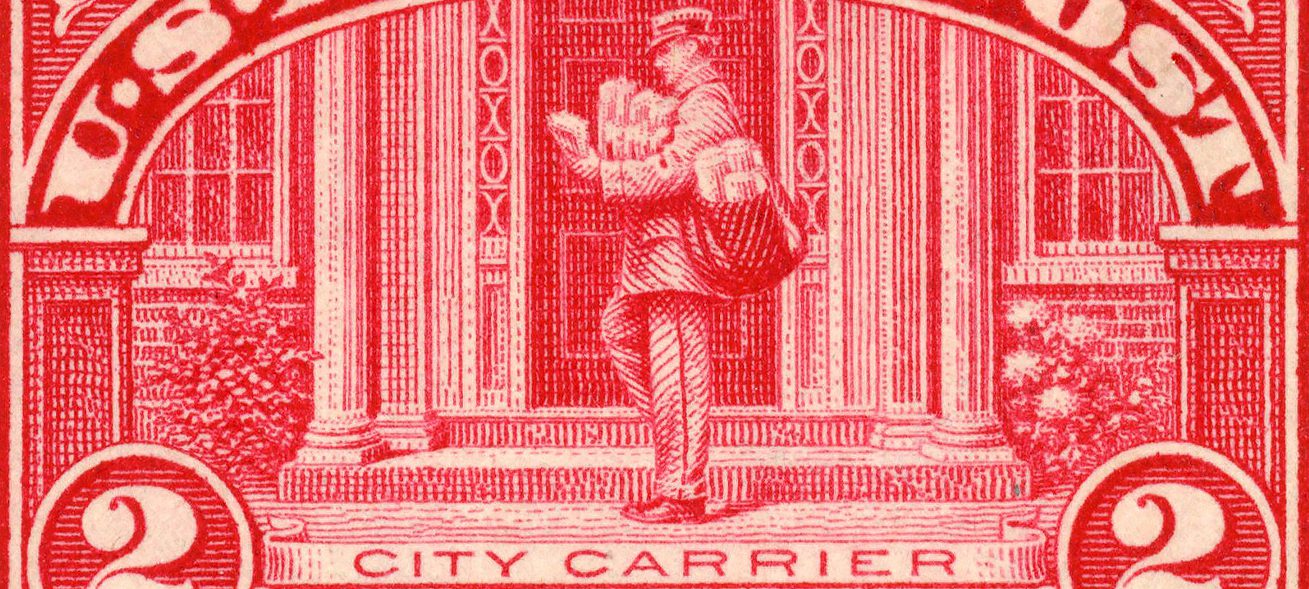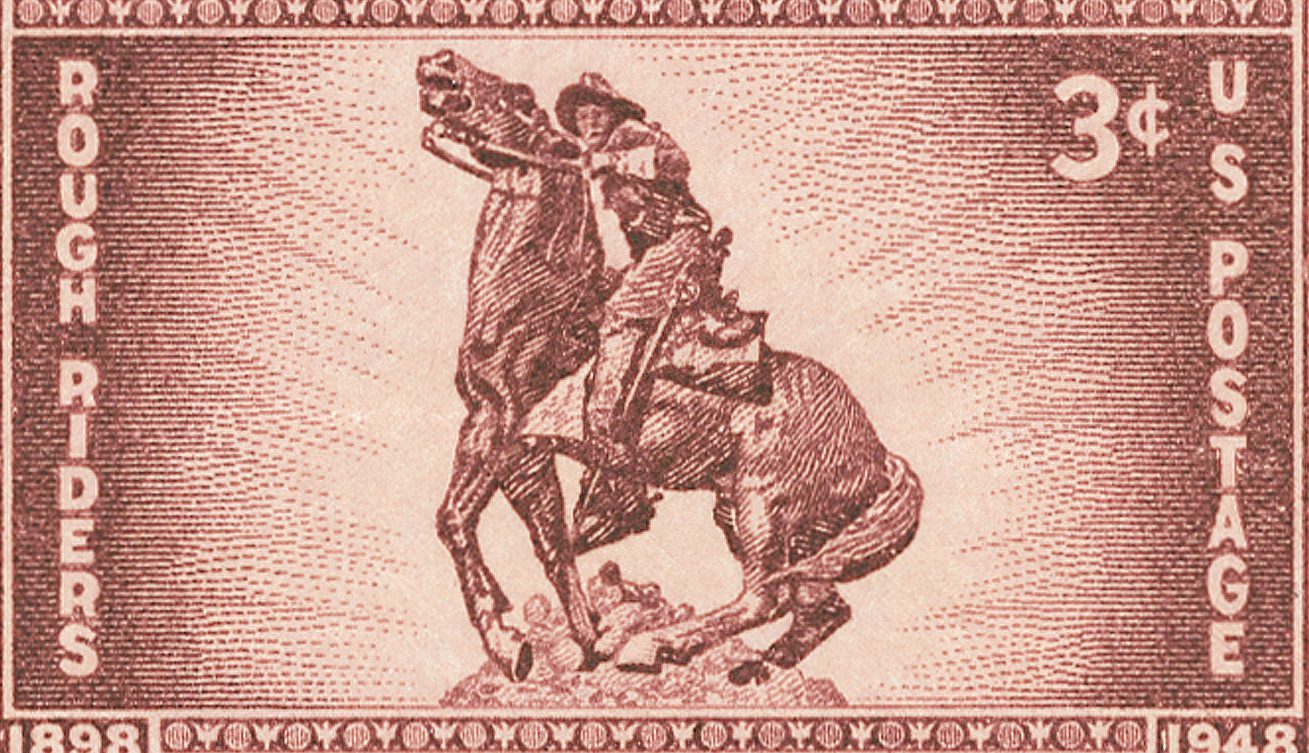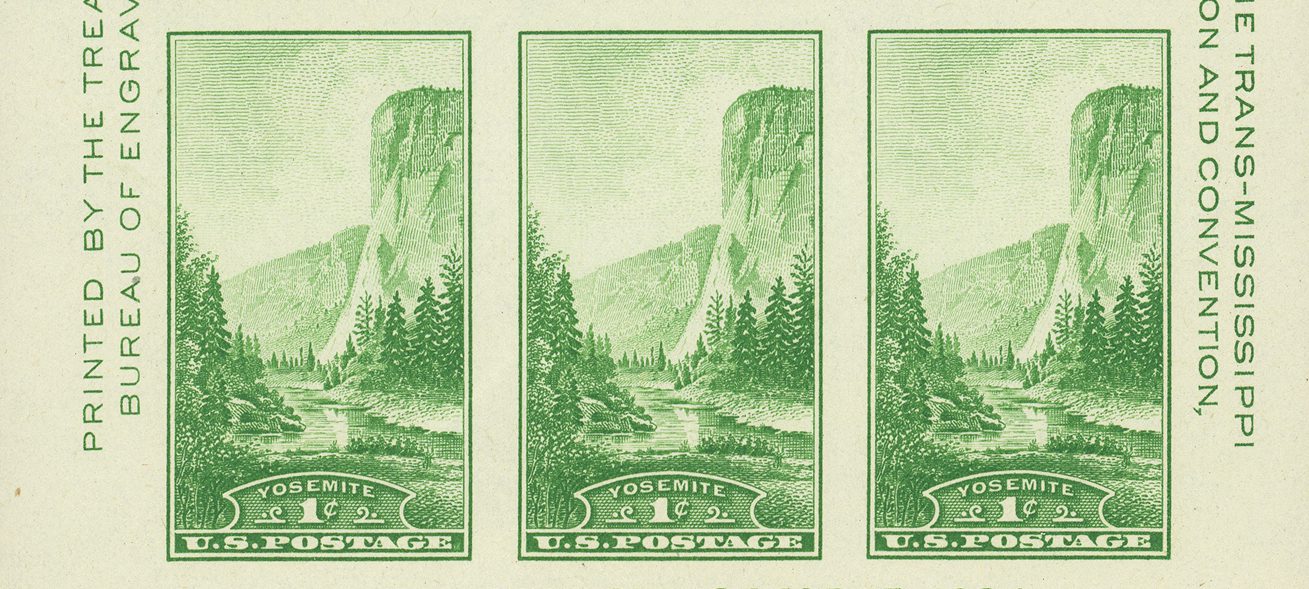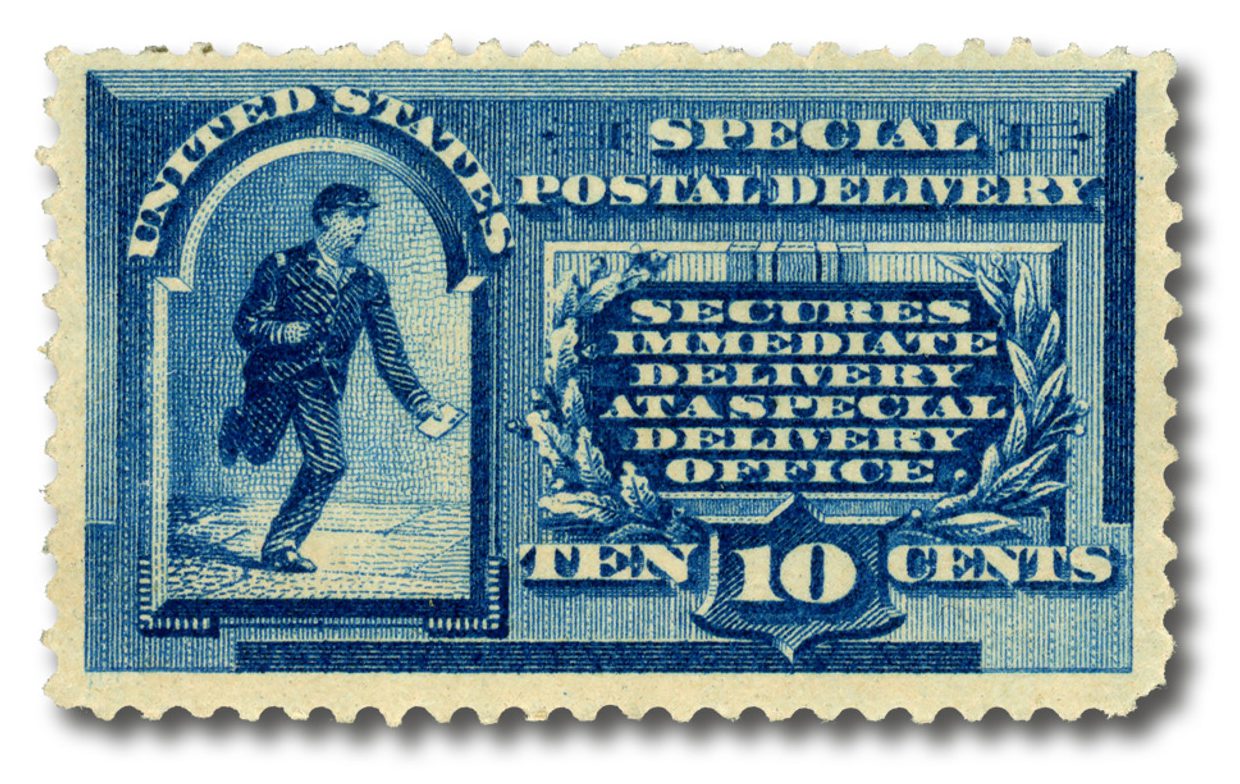Postage Stamp Use Becomes Mandatory
On January 1, 1856, the United States Post Office made a change that permanently transformed how Americans sent mail. Beginning on that date, all domestic letters were required to be prepaid using postage stamps. Although the Post Office had first begun selling stamps on July 1, 1847, their use had remained optional for nearly ten years. By making stamps compulsory, the federal government created a more efficient, reliable, and modern postal system suited to a rapidly growing nation.


